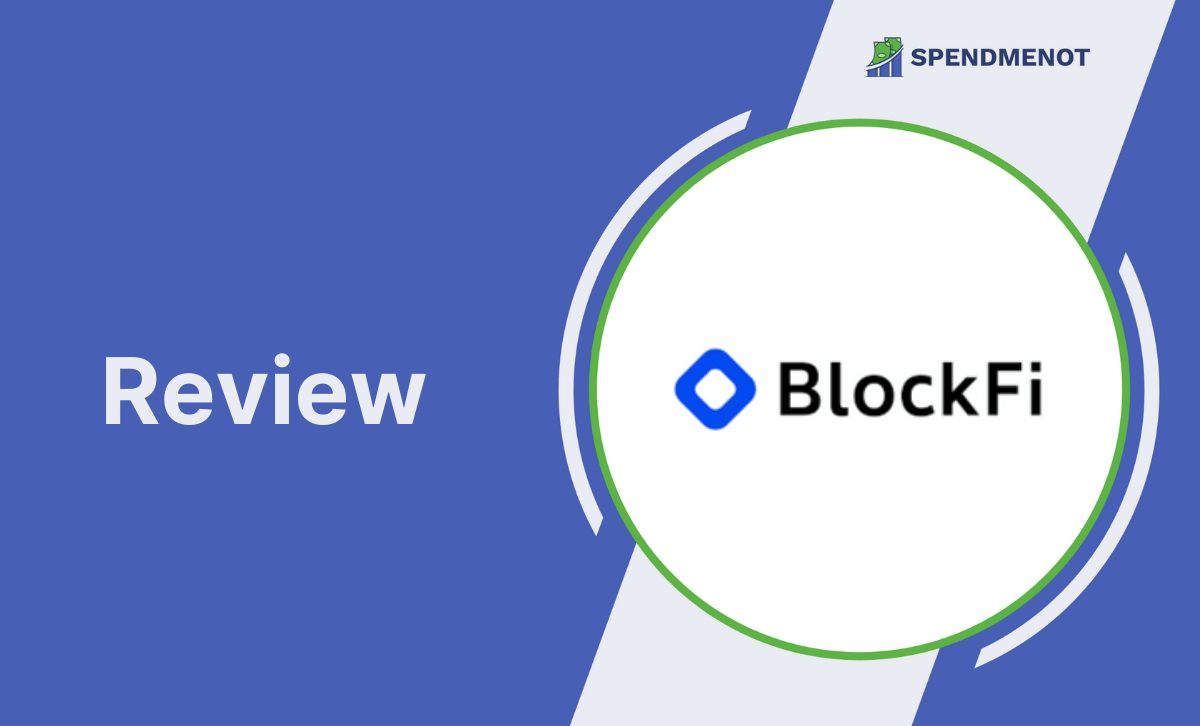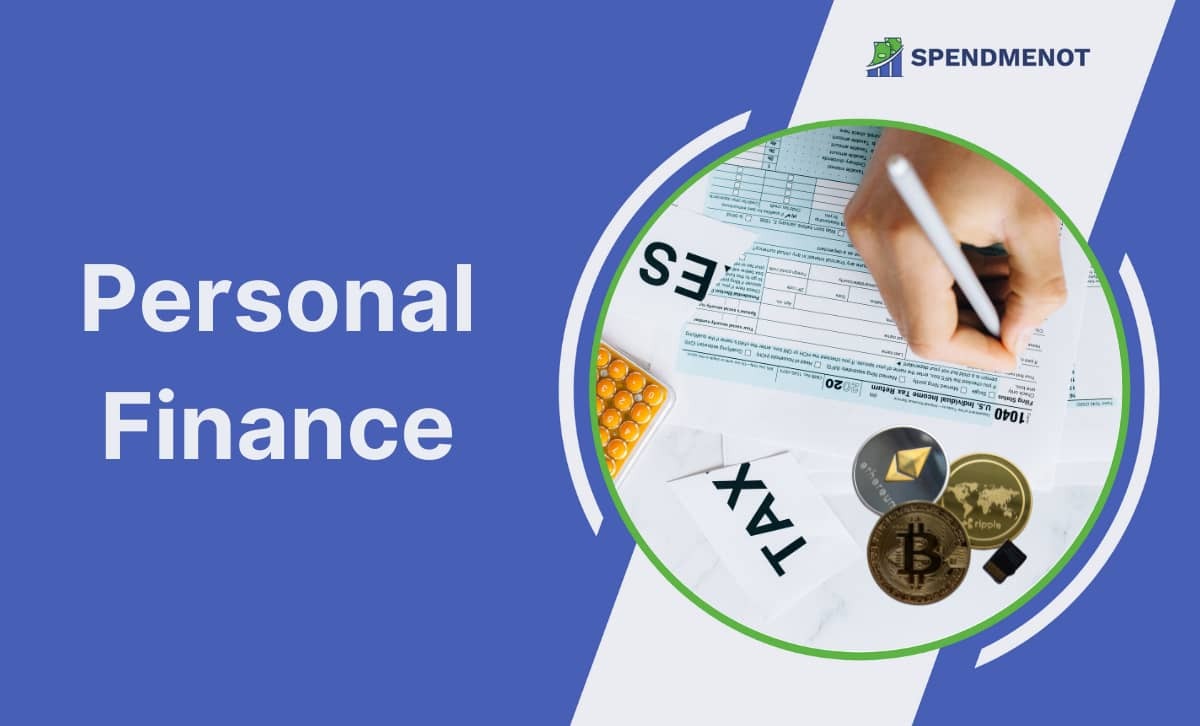BlockFi vs Coinbase
Last Updated: January 12, 2023
Side-by-Side Comparison
BlockFi vs Coinbase: Account Requirements
Number of Cryptocurrencies
Usability
Fees
Mobile Apps
Coinbase vs BlockFi: Customer Support
Security
Who Is BlockFi Best For?
BlockFi Pros and Cons
Who Is Coinbase Best For?
Coinbase Pros and Cons
Which Is Better: BlockFi or Coinbase?
Cryptocurrency exchange platforms have gotten a step further from what they used to be. They are no longer sites where you can only buy or sell digital coins. Nowadays, you can make extra on the crypto assets you own or even use them as collateral to get a loan.
Coinbase and BlockFi are both US-based exchanges that enable users to make returns on their holdings. Let’s see what else they have in common in this BlockFi vs Coinbase comparison.
Side-by-Side Comparison
Let’s start by comparing the basics of the two platforms.
| BlockFi | Coinbase | |
| Account types: | Personal, Business, Interest (not available to new US users) | Individual, Business, and Developer |
| Number of cryptocurrencies: | 15+ | 100+ |
| Supported deposits: | ACH, Wire Transfer | Google Pay, Apple Pay, PayPal, Debit Card, ACH, Wire Transfer |
| Minimum trade: | $1.50 for crypto-crypto, $20 for fiat-crypto |
$2 |
| Trading fees: | 1% spread | Spread around 0.50%+ other fees depending on different variablesMaker-taker fee – 0%-0.50% (Coinbase Pro) |
| Deposit fee: | $0 | Up to $10 of fiat deposits |
| Withdrawal fee: | Variable, depending on the coin | Miner fee – crypto $0-$25 – Fiat 2.49% for Coinbase card purchases |
| Mobile app: | Android, iOS | Android, iOS |
| Customer support: | ChatBot, Support Ticket, Live Chat, Phone | Live Chat, Support Tickets, Phone |
| Supported countries: | All countries not sanctioned by the US, EU, or UK | 100+ |
| Excluded US states: | Depending on product | Wyoming, Utah, Wisconsin, Montana, Massachusetts, Missouri, Indiana, Hawaii |
BlockFi vs Coinbase: Account Requirements
To get started on BlockFi you will need to fill in some basic information, like your name (as shown on legal documents), email, and physical address. In addition to this, you need to provide a valid government-issued ID document. International users must also upload a real-time selfie, while US citizens are asked for their whole SSN. To verify your account, make sure to enter a valid phone number, on which you will receive a verification SMS. Minors are not eligible to create an account on the platform.
When setting up an account on Coinbase, you must provide all details requested by BlockFi and a few more. When it comes to your SSN, you need to fill in only the last four digits. But you need to answer the following questions:
- What do you use Coinbase for?
- What’s your source of funds?
- What are your current occupation and employer?
Number of Cryptocurrencies
The BlockFi crypto list is limited. There are only 16 supported coins on it. While users may not have the chance to choose from an unlimited number of cryptocurrencies, they will immediately start earning interest on the crypto they own. Bitcoin is no exception to this. It also enables users to borrow against their crypto instead of selling it. However, the minimum amount they can borrow is $10,000.
Coinbase supports more than 100 crypto coins. This list is constantly growing. You will have not only have access to the most famous coins but to some underdogs as well. Besides this, users can earn interest on this platform as well. Additionally, they can even earn crypto while learning about the coins.
Another thing the platforms have in common is that users can buy fractions of coins on either BlockFi or Coinbase.
Usability
The BlockFi user interface consists of only a few features. Because of that, it is easy to navigate. What users can do on the platform is either deposit or withdraw funds, make a trade or get a loan. That said, novice traders will feel at ease using this exchange.
Coinbase is famous for catering to novice investors as well. This exchange enables quick access to trading, selling, and buying cryptocurrencies. Though the feature list is longer than the one on BlockFi, it is still simple and easy to use.
Fees
BlockFi doesn’t charge any commission fees for its services. However, users pay a spread of around 1% when making a trade. Fees are lower compared to its competitor, but they are higher when comparing BlockFi vs Coinbase Pro. Furthermore, the withdrawal fees on BlockFi are higher too. When it comes to Wire, there is a $20 fee for domestic and a $30 fee for international withdrawals, while ACH withdrawals are usually free. The fee for withdrawing crypto depends on the coin.
The Coinbase fees are complex and not easy to understand. It is especially true since they are not clearly stated anywhere on their site before making a trade. Once on the transaction page, users can see what fees they need to pay for making the trade. Usually, there is a spread charge of around 0.50% plus some additional fees depending on different technicalities. One clear thing, though – the Coinbase minimum deposit is $2.
The independent Coinbase Pro platform uses the maker-taker model when calculating fees. Depending on your trading volume, they will range from 0% to 0.50%.
Mobile Apps
BlockFi has an Android and an iOS mobile app to cater to mobile device users. The apps support all features offered on the web platform as well. The Android app has a somewhat higher rating than the iOS one.
Coinbase is no different than BlockFi when it comes to mobile apps. This exchange has both Android and iOS mobile apps to provide access to users on the go. Unlike BlockFi, the Coinbase iOS app has a higher rating among mobile users.
Coinbase vs BlockFi: Customer Support
Customers can reach BlockFI in several ways. They can either open a support ticket or send an email. Users can also call the BlockFi phone support line, which is open from Monday through Friday, 9:30 a.m. to 8 p.m. EST. A Live Chat feature is available as well. All those with more simple requests or issues may try getting a resolution through BotFi – BlockFi’s ChatBot.
The Coinbase to BlockFi comparison is as follows.
Coinbase users are more limited when getting in touch with customer service. Users can submit requests through Live Chat or support tickets. Phone support is available 24/7 for US and international users as well. Those residing in the UK or Ireland can talk to an agent over the phone from 8 a.m to 9 p.m GMT all seven days of the week.
Security
The two competitors fall in line with other exchange platforms in their field speaking of security. Encrypting valuable data at rest or when being transmitted seems to be the industry standard, and both platforms adhere to it.
So how does Coinbase vs BlockFi compare when securing user accounts?
They both employ 2FA for adding another security layer to user accounts. Furthermore, Coinbase and BlockFi are regulated and licensed money services businesses.
Who Is BlockFi Best For?
BlockFi is best for everyone who wants to earn interest from their crypto assets. While most crypto exchanges do not include Bitcoins in their interest accounts, BlockFi interrupts this practice. It’s important to note that BlockFi’s interest accounts are unavailable to new US users. Furthermore, it is for investors who need a loan and don’t want to sell their digital assets.
BlockFi Pros and Cons
+A regulated crypto exchange platform
+Commission-free trading
+BlockFi interest rates can go as up as 9.25% APY
-Interest accounts not available for new US users
-High withdrawal fees
-A scarce amount of supported coins
Who Is Coinbase Best For?
Coinbase is best for everyone looking for a simple and easy way to trade one crypto coin for another. However, they should prepare to pay higher fees for this advantage. The native Coinbase platform is suitable for crypto newbies, but it also has higher costs. Coinbase Pro contrastingly charges lower fees but is more suitable for advanced traders.
Coinbase Pros and Cons
+A higher number of crypto, when compared to coins available on BlockFi
+Crypto assets are insured in the case of platform breeches
+Beginner-friendly platform
-Higher fees when compared to BlockFi
–Tax features need some upscaling
-Slow order execution
Which Is Better: BlockFi or Coinbase?
When answering, we can consider two aspects. That is the number of available cryptocurrencies and the fees.
Crypto traders interested in accessing a wide selection of coins will feel accommodated on the Coinbase exchange platform. Having the option to choose among over 100 crypto coins when making a trade is something they will surely appreciate. And believe it or not, crypto stored in your Coinbase wallet earns interest too.
However, BlockFi takes over the lead when considering fees. Paying a spread of around 1% per transaction is convenient. Particularly considering that you will start earning interest immediately after purchasing an asset.
Besides these two valuable aspects, crypto enthusiasts may have their personal requirements and preferences. They also should be given thought when choosing between Coinbase vs BlockFi.
And if neither BlockFi nor Coinbase has caught your eye, consider other options, such as eToro and Crypto.com.
FAQ
BlockFi is a registered money services business with FinCEN, which should be enough proof that the exchange is legitimate. Furthermore, it is backed by leaders in the financial field, like Coinbase ventures and Morgan Creek Capital Management. Finally, the custodian of BlockFi crypto is Gemini, another reputable crypto exchange platform.
The cryptocurrencies you own on BlockFi are stored in a custodial, mostly in cold storage. The wallet belongs to the Gemini Trust Group – a registered trust company in New York. As such, its cybersecurity practices are constantly audited. So crypto on BlockFi is as safe as it gets.
BlockFi supports the following cryptocurrencies:
- Bitcoin (BTC)
- Ethereum (ETH)
- Litecoin (LTC)
- PAX Gold (PAXG)
- Chainlink (LINK)
- Uni Swap (UNI)
- DAI (DAI)
- Basic Attention Token (BAT)
- Algorand (ALGO)
- Bitcoin Cash (BCH)
- Dogecoin (DOGE)
As well as several stablecoins:
- Binance USD (BUSD)
- USD Coin (USDC)
- Gemini Dollar (GUSD)
- Tether (USDT)
- Pax Dollar (USDP)
Unlike stocks, crypto is not a government-backed asset, thus it is not subject to FDIC insurance. Neither BlockFi nor the custodian of your crypto assets Gemini are FDIC insured. However, they undeniably take measures to keep your digital assets safe. One of those procedures is keeping them cold.
Yes, you can transfer from Coinbase to BlockFi in a few simple steps. All you need to do is copy the BlockFi wallet address and head to your Coinbase account. Once there, select the Send/Receive button, access the Receive section, and fill in the necessary information. Select Send, and the rest is a waiting game.
Users can earn interest on the crypto they own on Coinbase by staking it. To be eligible for this option, they need to have completed the identity verification for the account. The minimum amount you can stake is $1 worth of crypto. Coins that can be staked are ETH, ALGO, ATOM, XTZ, and ADA. The Coinbase interest rates are variable but can go up to 5% APR.
Fees on Coinbase are somewhat higher when compared to other exchanges. Coinbase is not fully transparent with its fees. The best way to determine how much you will pay is by consulting the transaction page when making a purchase.
As of the end of March 2022, the price of a Bitcoin on Coinbase is around $44,425. The trading fees for Bitcoin fall in the range of 1.49% to 3.99%, based on the payment method. You may want to check out the BlockFi trading fees before making a final decision.
Coinbase and Coinbase Pro are two separate crypto exchange platforms owned by the same company. The central platform caters to the beginner investor and resembles an online broker. Coinbase Pro, on the other hand, enables P2P crypto trades. Its fees are lower than the ones on Coinbase as well.
Both platforms are not that much different from each other when it comes to security. They employ encryption of all sensitive data and 2FA when users access their accounts. Furthermore, they both store crypto assets in offline wallets to prevent any breaches. Finally, both companies are regulated and licensed.
Please refer to our full BlockFi vs Coinbase review to find out how they compare in other aspects as well.










